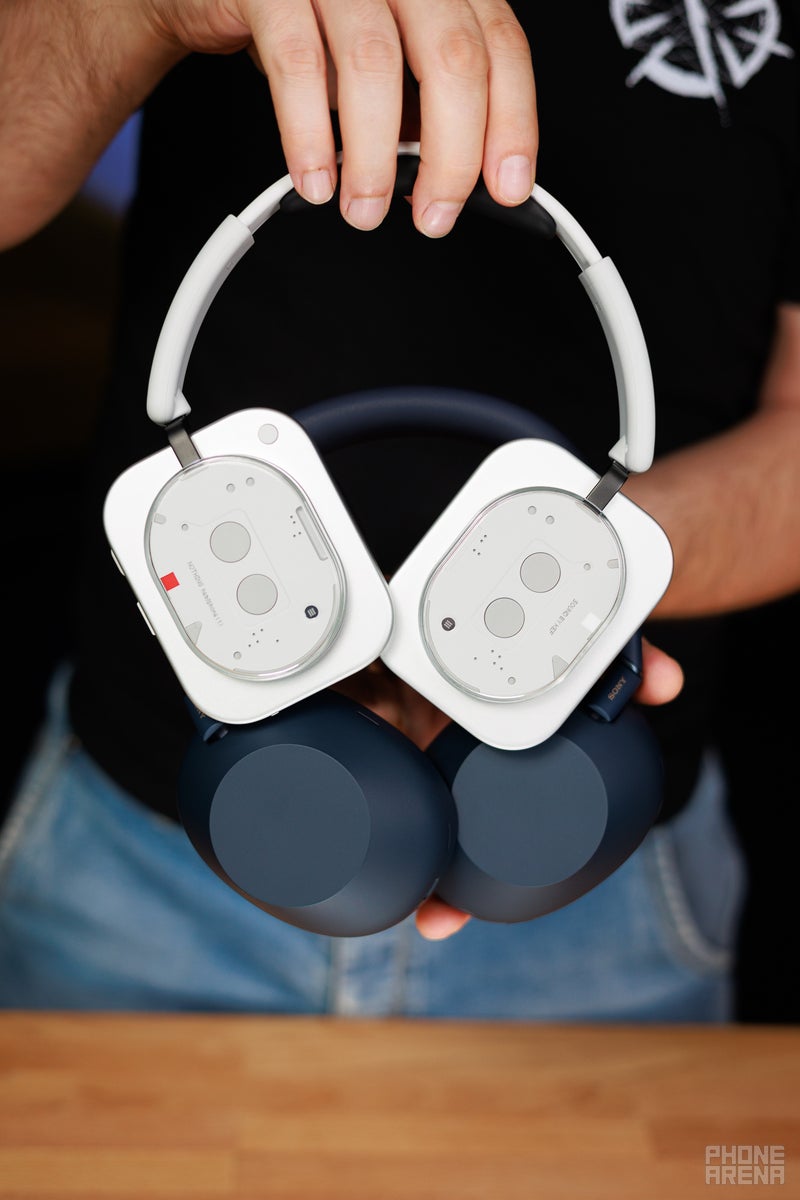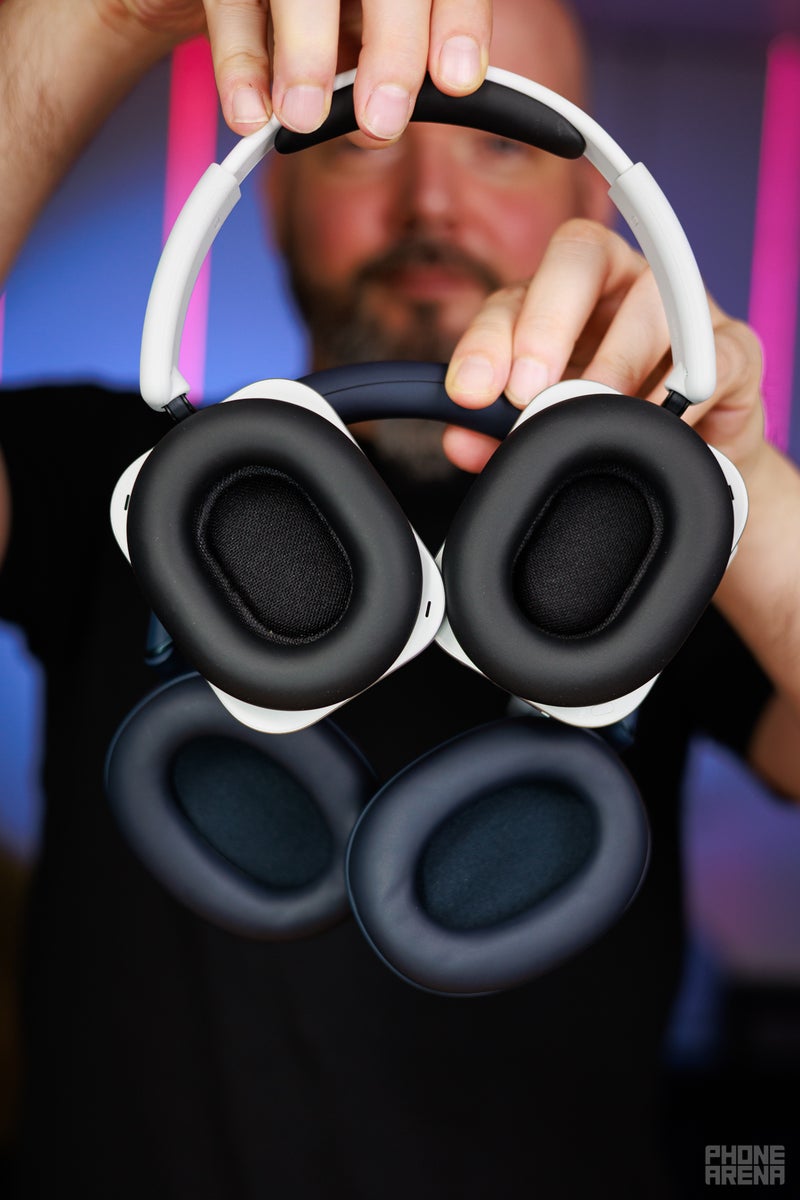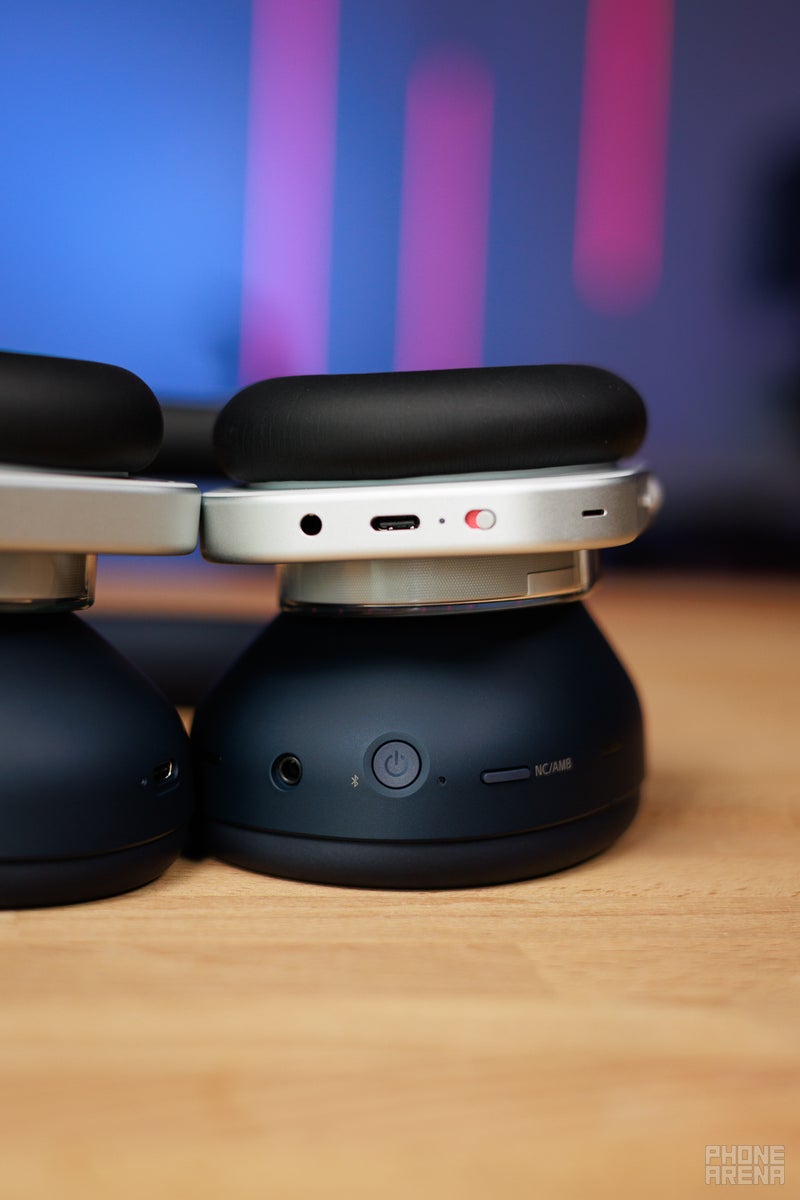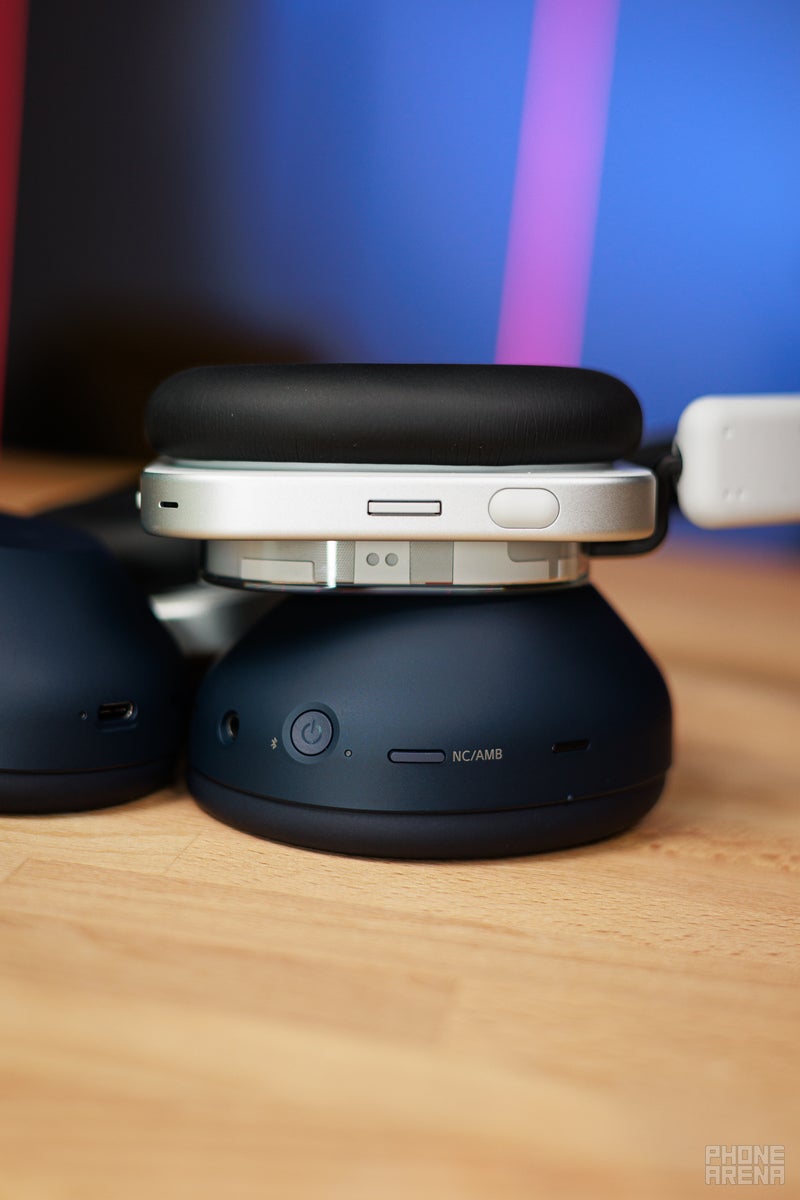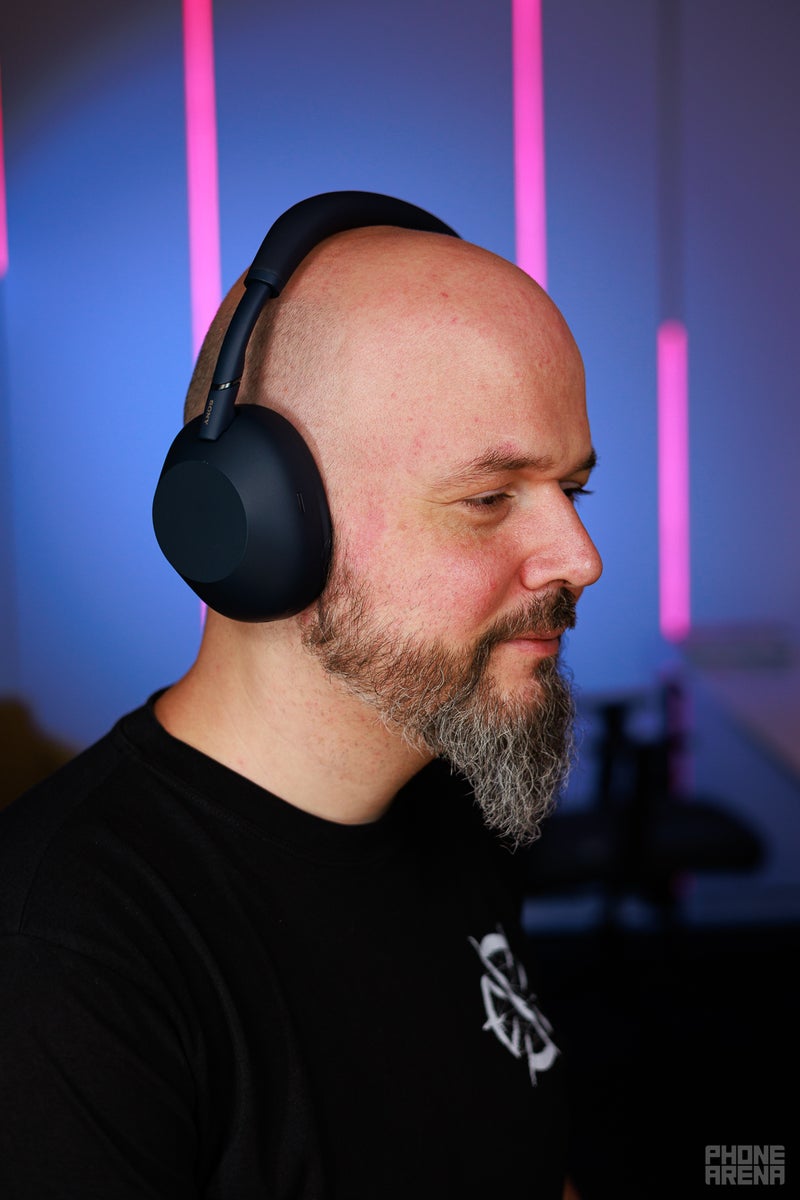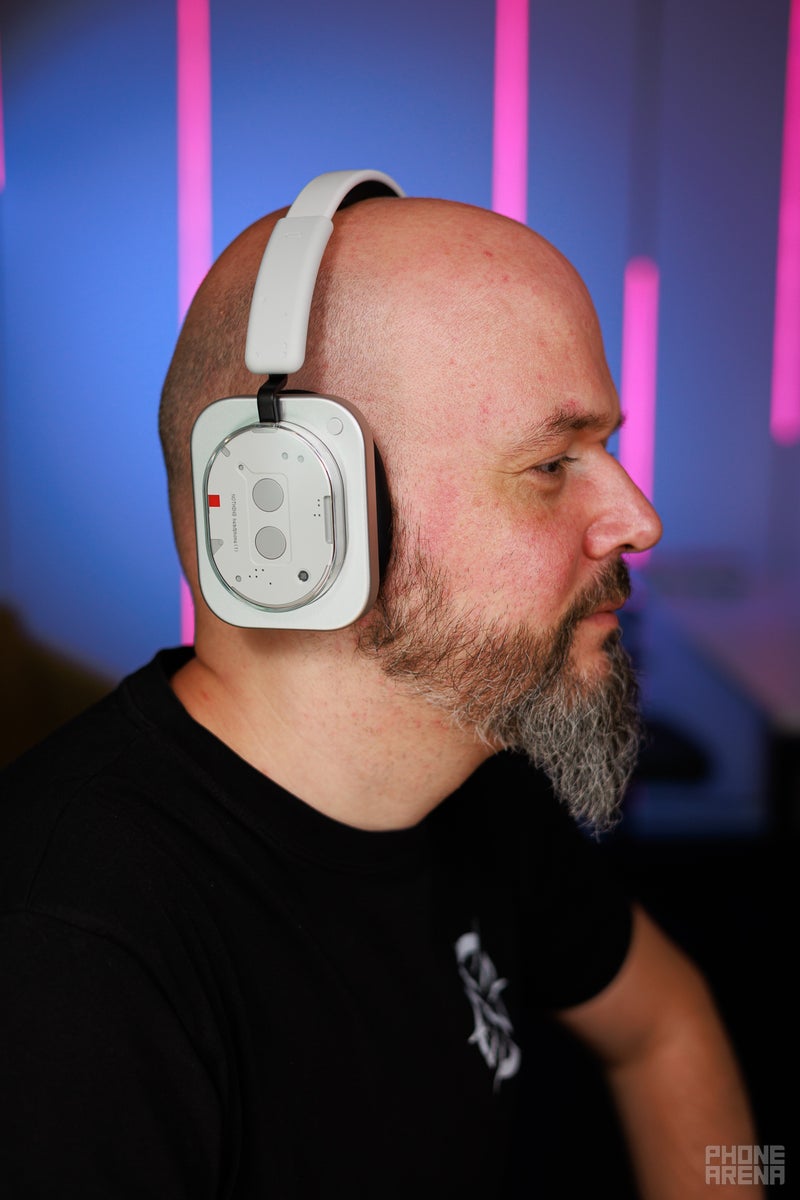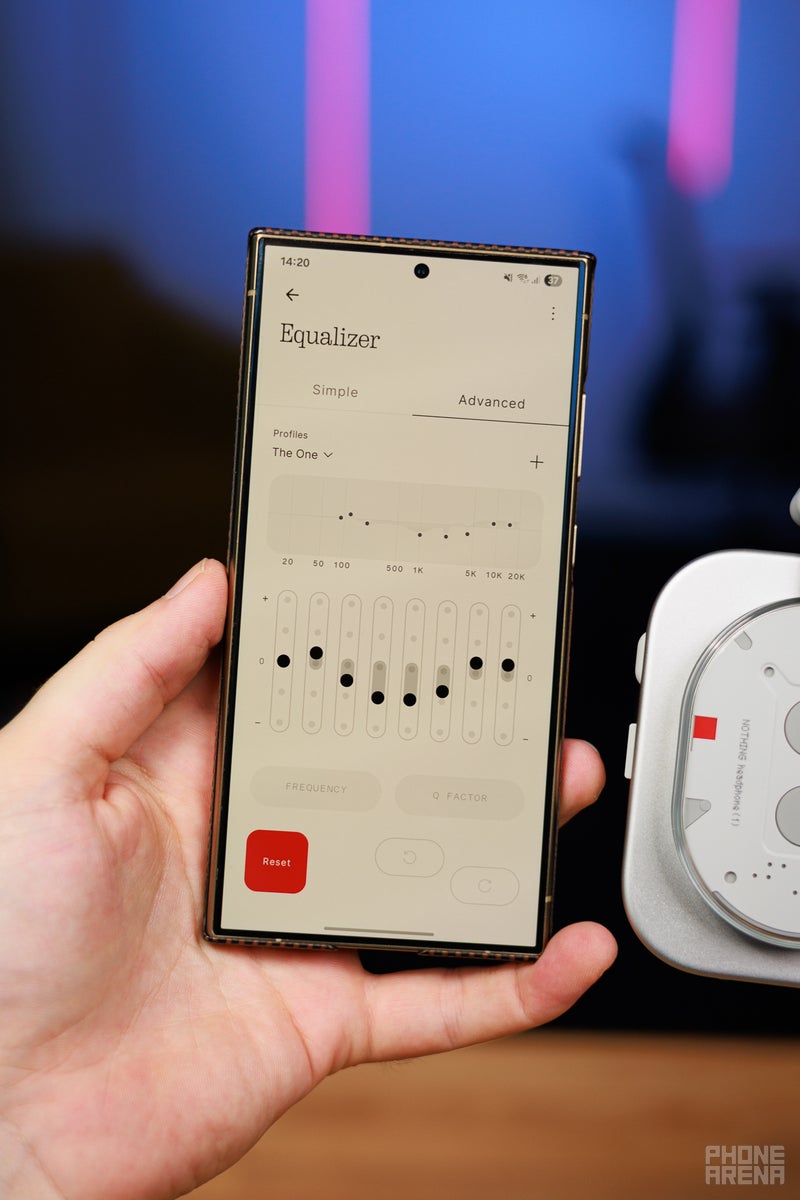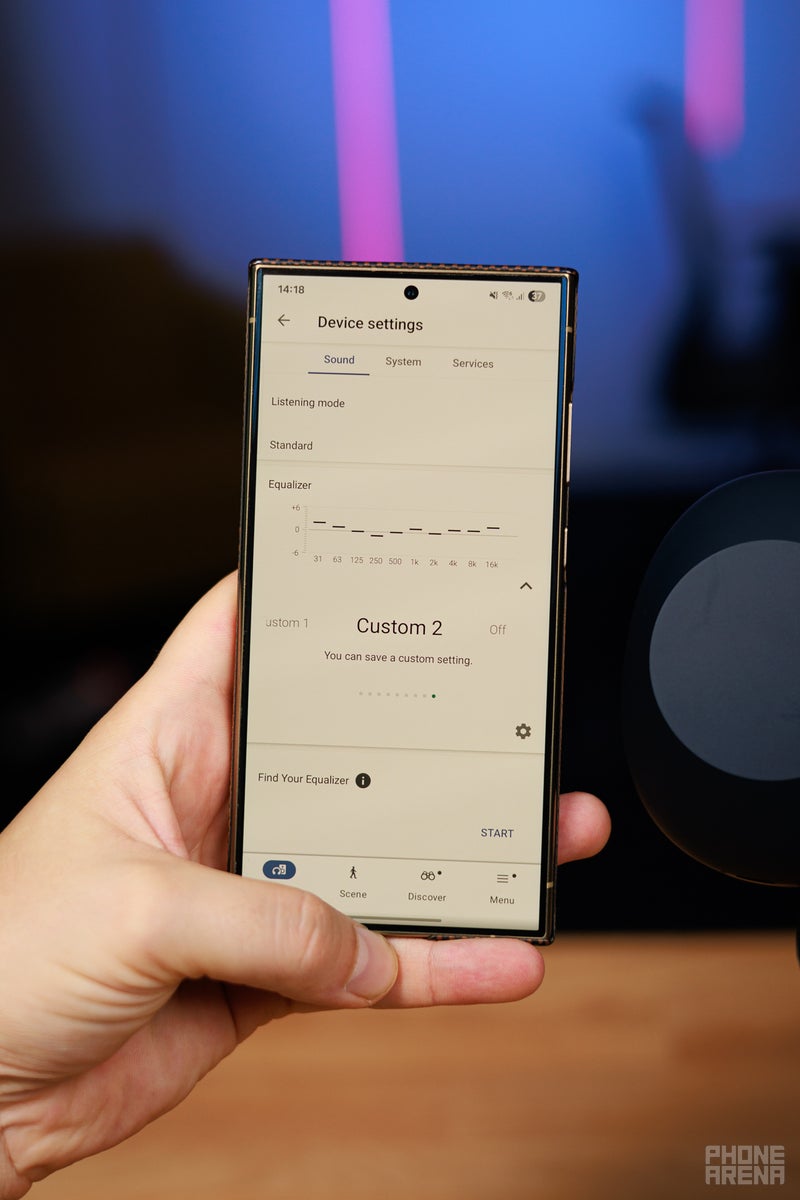
Sony is well-versed in the art of making top-tier wireless headphones. The Sony WH-1000XM series is quite successful, despite criticism from audiophiles that they don’t do audio exactly right. But they still have a signature Sony sound, and it seems customers enjoy it. Which is why, whenever a new model launches every couple of years or so, our ears perk up. The Sony WH-1000XM6 came out in May of 2026 with improved sound, extra features in the app, and a cool new case, and is already well-received!
On the other end of the spectrum, we have Nothing — a company that’s still quite young and new in the tech market. And they just launched their first-ever over-ear headphone model, aptly named the Nothing Headphone (1). It comes with a design that dares to defy convention, very cool analog controls, and an elaborate app to tune sound of its own. Plus, the Headphone (1) is definitely cheaper than other premium headphones out there, yet it doesn’t present itself as a budget product.
So, here you are — looking for a new pair of Bluetooth cans. Do you go for the tried-and-true Sony or take a risk on the new kid on the block? Each has its strengths!
Nothing Headphone (1) vs Sony WH-1000XM6 specs
| AirPods Max | WH-1000XM6 | |
|---|---|---|
| Color Options | White, Black | Black, Blue, Silver |
| Audio | SBC, AAC, LDAC Android Spatial Audio 3.5 mm jack (active only) |
SBC, AAC, LDAC, LC3 Sony DSEE, 360 Reality Audio, Dolby Atmos 3.5 mm jack (passive / active) |
| Noise Cancelation | ANC, Transparency Adaptive ANC |
ANC, Transparency Adaptive ANC |
| Connectivity | Bluetooth 5.1, multi-device, Fast Pair, Swift Pair | Bluetooth 5.3, multi-device, Fast Pair, Swift Pair |
| Battery life | Up to 35 hours (ANC On) | Up to 30 hours (ANC On) |
| Ingress protection | IP52 | No IP rating |
Sony does try to stay up to date and relevant with its tech, and the WH-1000XM6 launched with Bluetooth 5.3 for its Bluetooth LE upgrades, which you can choose to use or not. What matters more here is that they support LC3 – a codec that launched in 2019 but is still not widely adopted by headphones. It clears up voice calls quite a lot, compared to the old and tired SBC.
Nothing Headphone (1) vs Sony WH-1000XM6 design and colors
Sony’s over-ears are known to be travel-friendly with their light, foldable build. And yes, that does mean that they are made of plastic — though it’s a quality-feeling polymer with a nice matte finish. The darker models to show fingerprint grease, so consider picking the Silver color if that annoys you.
The design itself is pretty close to the WH-1000XM5 before it — diagonal lines and soft circles that look modern and almost aerodynamic. The Sony WH-1000XM6 has two physical push-in buttons — one for power and one to toggle ANC / Transparency. Media playback is controlled via a touchpad over the right earcup — horizontal swipes for forward and back, vertical swipes for volume, and taps to play or answer call. It works, but touch pads just don’t feel as good as physical controls.
Which is where the Nothing Headphone (1) steps in. The square-shaped cans have three very clicky and satisfying buttons on the right side — the power switch, a next / previous paddle to skip through songs, and a roller for volume. Pressing in on the roller is for play / answer call. These buttons have been praised in pretty much any review you can find for good reason — they have a distinct analog feel to them, which seems to be lost in modern tech. The roller is fully digital, but a clicking sound plays on the inside of the headphones (like the Digital Crown on AirPods Max), so you feel like you are rotating something “real”.
When it comes to design and looks, it’s a slightly different story. Nothing wasn’t afraid to go out there — way out there — with the Headphone (1) design. Square aluminum cans with oval toppings on them looks wild. Some love the fresh look, others can’t look away fast enough. Four our part, we can say they kind of look better or more interesting in person? But verdict on the design is very much up to you.
What we can say is that they are definitely less compact than the WH-1000XM6. The frame doesn’t fold, and the case they come with — although it feels nice and is kind of flat — has a noticeably big footprint.
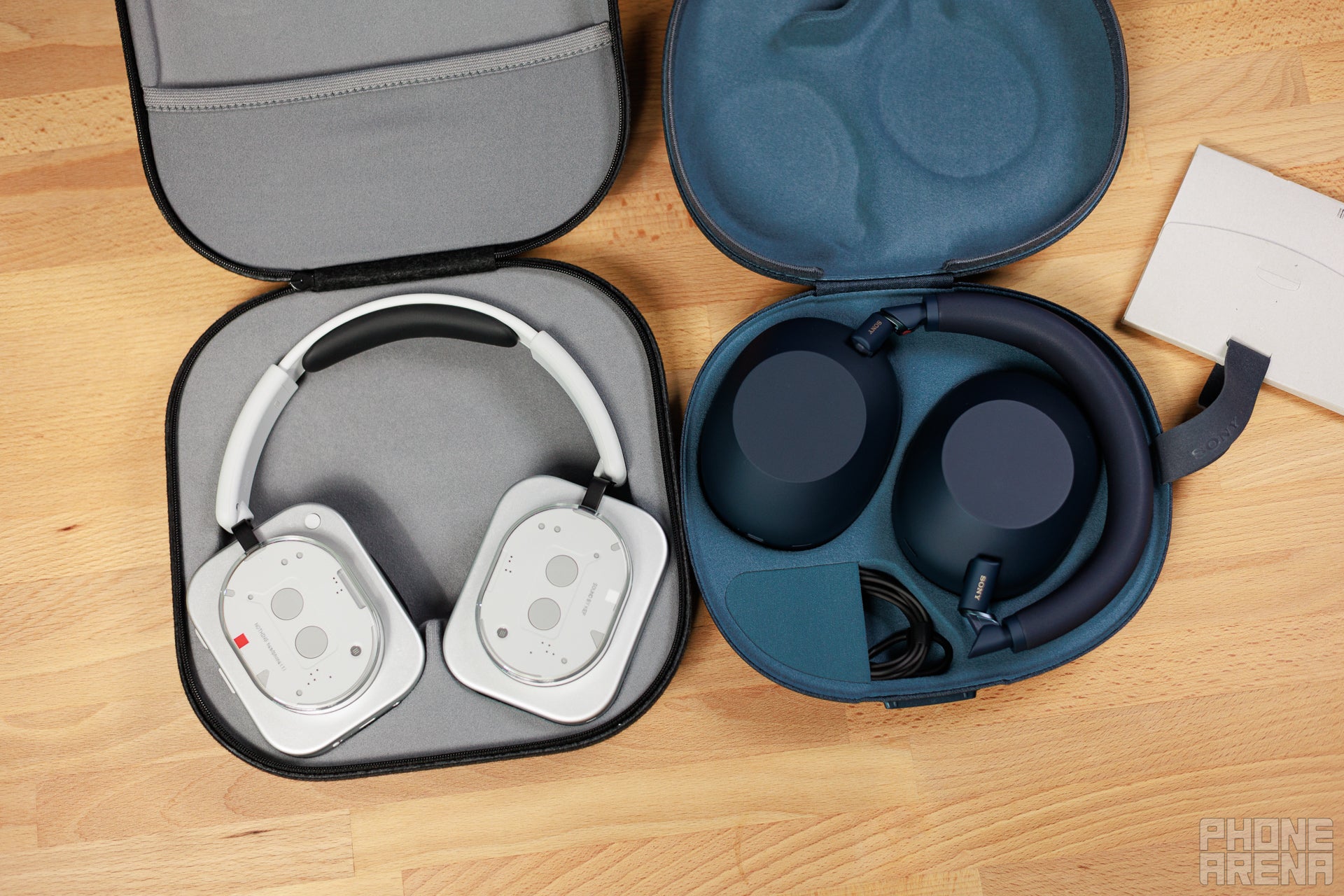
We already touched on the color options — you don’t really have a huge choice with these. The Sonys come in Silver, Black, or the Blue we have pictured here. The Nothing Headphone (1) are either White — the one we have — or Black.
Nothing Headphone (1) vs Sony WH-1000XM6 sound quality
Sony’s headphone definitely have a sound to them. They come out of the box with a huge, confident bass and a bit of scratchiness in the highs. They sound wide and instruments are separated adequately. With the app, you get 10 EQ bands to fine-tune, or you can use the Your Sound feature to simply listen and choose from presets. After you’ve got your preset, the app will save it as an EQ profile that you can then tinker with further if you wish.
In general, I find them to be pretty good headphones to listen to, definitely energetic, and the bass is tight and thumpy. Audiophiles do like to dial it down. While I am not a basshead myself, I do enjoy a resonant but controlled low end, and the Sony WH-1000XM6 gives me that. The scratchy or sibilant highs can’t exactly be dialed out, but you can tame the sound to suit your needs, I feel.
The Nothing Headphone (1) come with a “Tuned by KEF” label — KEF being a popular UK brand for high-end speakers, not really known for having a lot of headphones available. The Nothing Headphone (1) is also distinct and has a certain feel to it. Out of the box, they have a lot of mids that you may feel the need to scoop out a bit. In the Nothing X app, you have access to a basic low-mids-highs EQ, but also an Advanced EQ with 8 bands and insane controls — you can choose which frequencies you are adjusting, and the bandwidth for each slider.
The one issue I have with the Nothing EQ is that it’s a common gain equalizer, meaning that when you choose to boost a frequency, you don’t really do so — you just lower all the other ones around it. Conversely, cutting a frequency means you are raising the rest. It’s a bit harder to wrap your mind around and to start dialing in a desired sound, but you can get it to work for you with enough training.
In general, I was able to dial in a similar, desirable sound from both sets of headphones here. The Sonys have a bit more width to them, and slightly better separation, especially when it comes to keeping vocals clear. But I am talking small differences here.
As for Spatial Audio
Sony has 360 Reality Audio, which is its own take on Spatial Audio. It sounds great, but you need to listen to 360 Reality tracks on Amazon Music or Tidal and you need to specifically find the songs that have been mastered for the Sony tech. They do also support the Spatial Audio head-tracking that Android has been incorporating recently.
The Nothing Headphone (1) also works with the baked-in Android Spatial Audio and you can activate it inside the Nothing X app. However, no Dolby Atmos support, whereas the Sony WH-1000XM6 does support it.
In general, not a huge loss — I like spatial audio now and again, for a…

